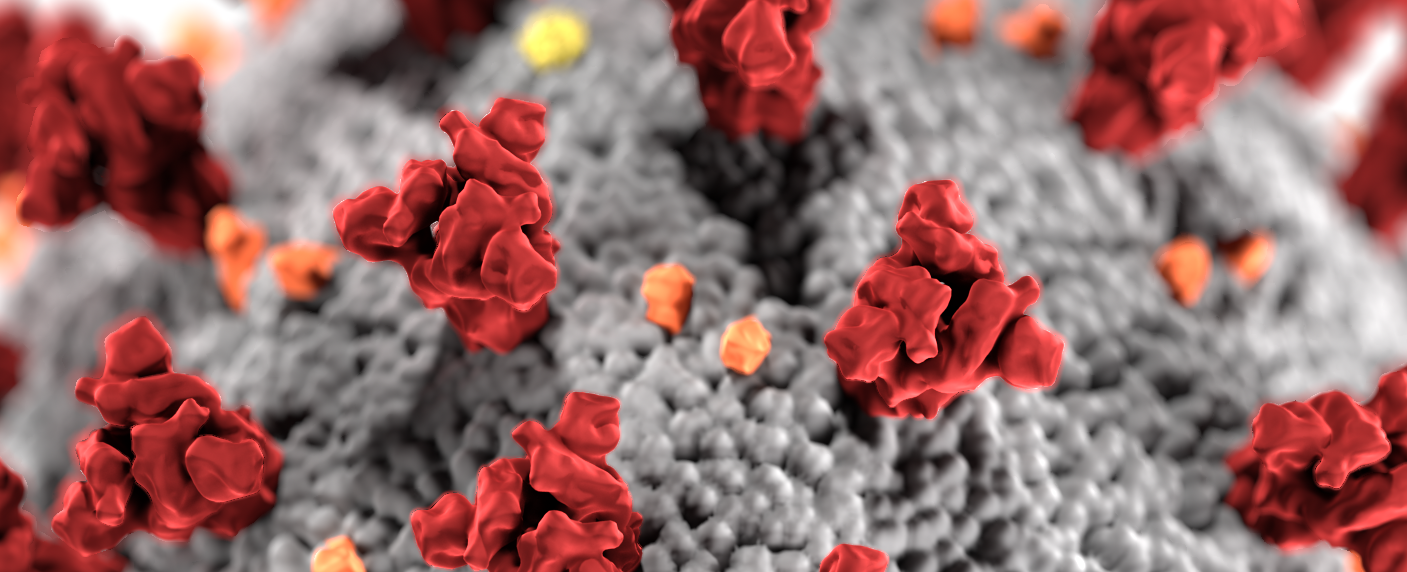The crystal structure of the enzyme Mpro was identified at a resolution of 1.75 Angstroms. An Angstrom is a unit of length equal to one ten-millionth of a millimetre. Mpro is a key enzyme in the coronavirus’ life cycle as it processes polyproteins that are translated from the viral RNA once the virus has entered human cells. “If we succeed in blocking this main protease, we will be able to inhibit viral replication,” Prof. Rolf Hilgenfeld explains.
Using the main protease’s crystal structure Hilgenfeld changed a previously developed lead substance into a potent inhibitor of the new coronavirus. The resulting alpha-ketoamide complex, termed "13b", was synthesised by Dr Daizong Lin, a former postdoc of Prof. Hilgenfeld who is now Director of Research at a small company in Changchun, China.
“The synthesis work required to fight the new coronavirus was slightly slowed due to the shutdown of public life in China,” says Daizong. Nonetheless, by mid-February larger amounts of the inhibitor could be made available and were delivered to Dr Katharina Rox, a DZIF scientist at the Helmholtz Centre for Infection Research in Brunswick. She investigated the complex’s behaviour in healthy mice and showed that it is not toxic and is ideally administered by injection under the skin or by inhalation.
A sufficient concentration of “13b” accumulates in the lung, i.e. in the organ which is most affected by the virus in humans. Subsequently, DZIF scientist Prof. Stephan Becker and Dr Lucie Sauerhering, a member of Becker’s research team at Marburg University, tested 13b in cultures of human tongue cells that were infected with the new coronavirus and found that the bond was active.
“Now, the agent needs to be developed into a drug,” Rolf Hilgenfeld explains, “which will certainly take several years.”
Source:
Complete press release of Universität zu Lübeck.
Original publication:
Linlin Zhang, Daizong Lin, Xinyuanyuan Sun, Ute Curth, Christian Drosten, Lucie Sauerhering, Stephan Becker, Katharina Rox, Rolf Hilgenfeld. Crystal structure of SARS-CoV-2 main protease provides a basis for design of improved alpha-ketoamide inhibitors. Science 2020, DOI: 10.1126/science.abb3405.05.
Contact:
Prof. Rolf Hilgenfeld
hilgenfeld(at)biochem.uni-luebeck.de




